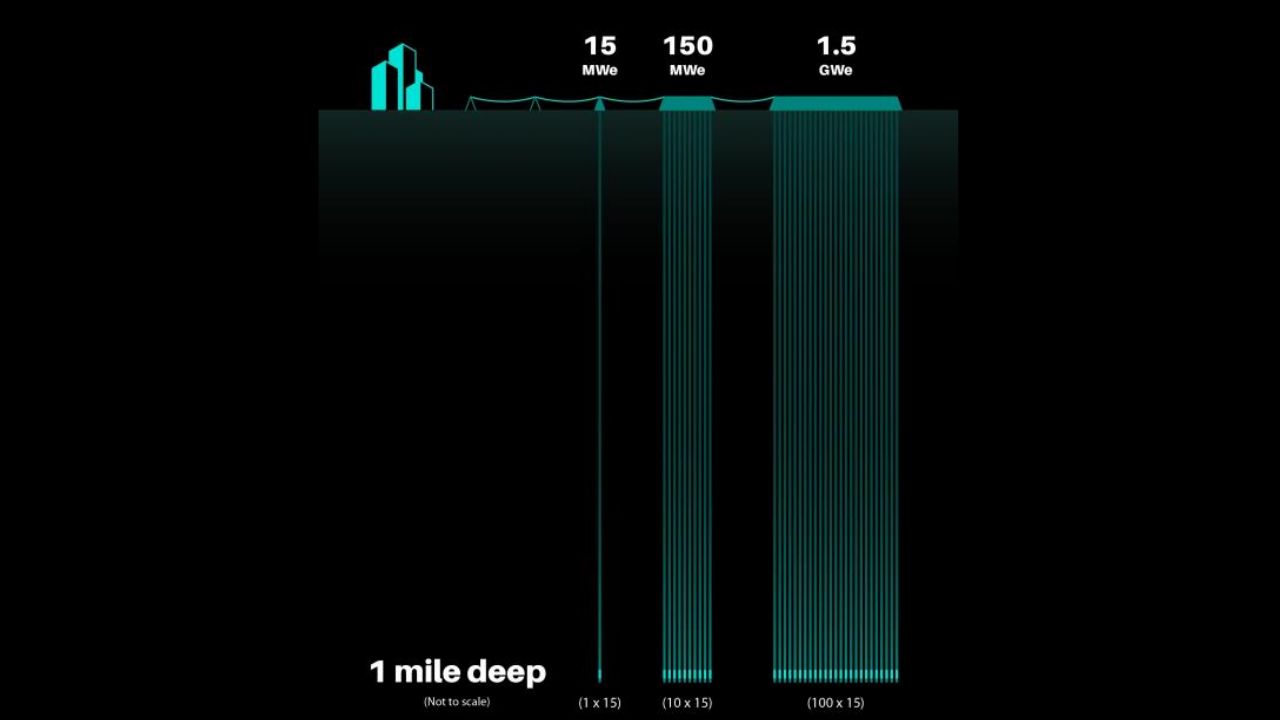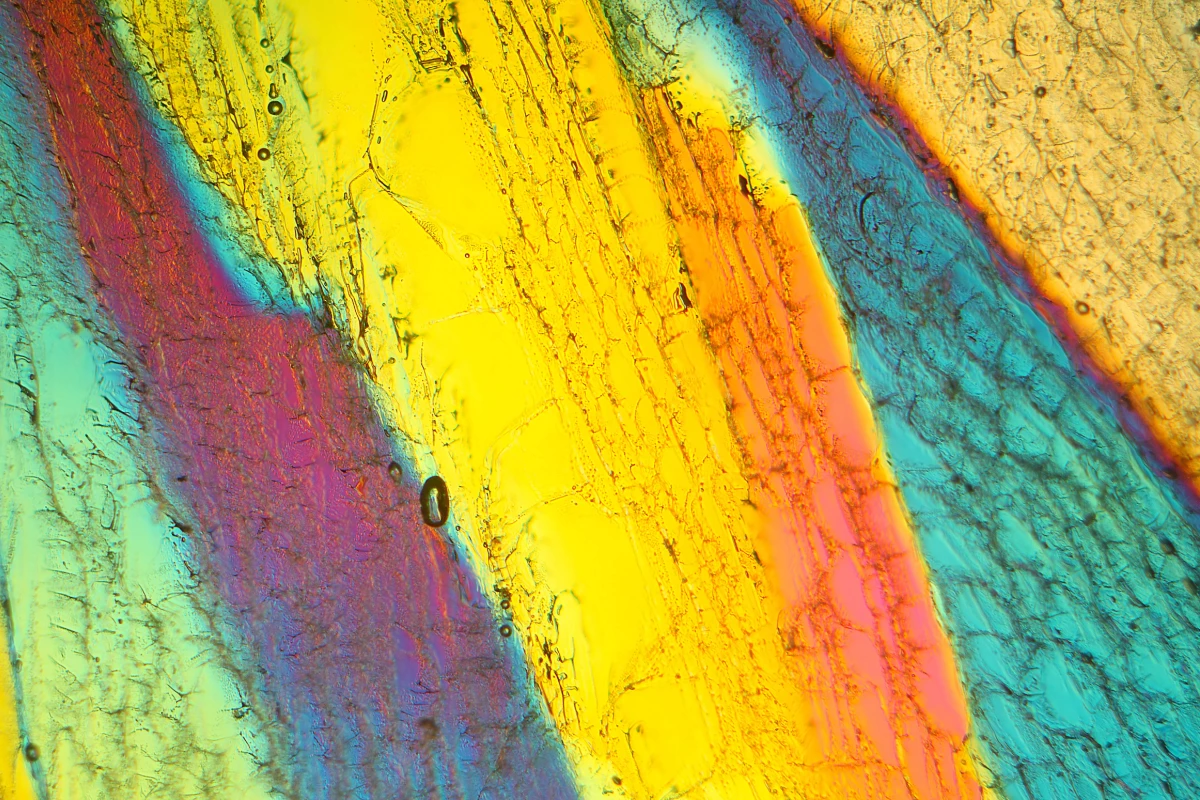Deep Fission has introduced an innovative concept that seeks to enhance the safety and efficiency of nuclear energy by proposing the installation of pressurized water reactors (PWRs) deep underground. The company’s design, known as the Deep Fission Borehole Reactor 1 (DFBR-1), aims to embed small reactors in boreholes extending approximately 1 mile (1.6 kilometers) beneath the Earth’s surface.
The DFBR-1 design is currently undergoing pre-application review at the Nuclear Regulatory Commission (NRC), where the company’s whitepaper and regulatory engagement plan for 2025 are accessible. Each borehole will house a single 45 MWt microreactor, with most of the primary loop contained within the reactor module itself. This approach is intended to provide an unprecedented level of safety by utilizing the natural pressure of the surrounding earth and a column of water above the reactor to mitigate potential hazards.
At this proposed depth, pressure levels would mirror those typically found within a PWR, eliminating the need for traditional concrete containment structures and many conventional safety features. However, this innovative design does come with challenges. The steam generator located at the bottom of the borehole will require an efficient method to transport steam to the surface to generate an anticipated 15 MWe through a steam turbine. Additional infrastructure, including sampling tubes and retrieval ropes for maintenance, is also necessary to facilitate the replacement of low-enriched uranium (LEU) fuel rods.
While the concept has garnered attention, opinions vary on whether this approach represents a breakthrough in nuclear technology or a misguided venture. The DFBR-1 is already making strides within the Department of Energy’s advanced reactor program, and Deep Fission is targeting the operational launch of its first reactor by 2026.
Competition in the nuclear sector remains fierce, particularly with projects like TerraPower’s Natrium, which is already under construction and promises greater power output per reactor. Natrium’s design also incorporates built-in grid-level storage, further enhancing its appeal in the evolving energy market.
As the commercial power sector in the United States becomes increasingly dynamic, the implications of Deep Fission’s proposal could significantly influence the future landscape of nuclear energy. The ongoing exploration of innovative designs like the DFBR-1 reflects a broader trend toward reimagining nuclear power’s role in meeting energy demands while prioritizing safety and sustainability.







